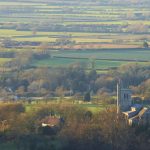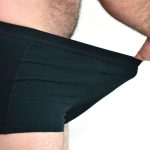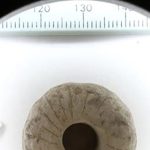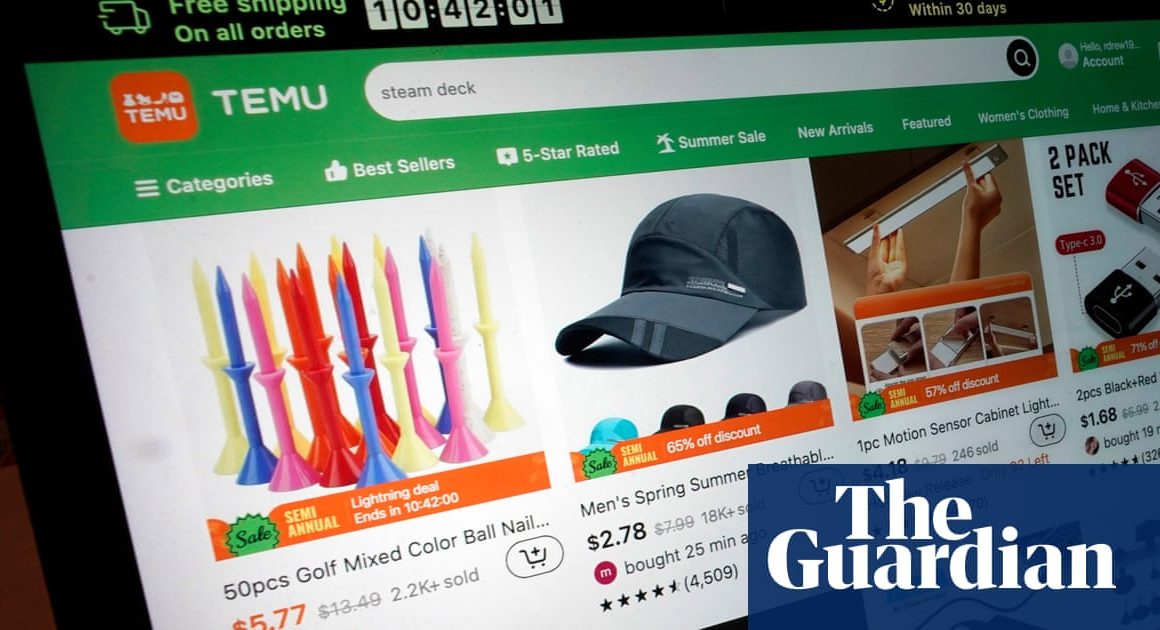Of all the extraordinary things about the Edinburgh fringe, the easiest to take for granted is that performances in the world’s biggest arts festival take place almost anywhere other than actual theatres. Over the years, I have even hosted three shows in my own flat, including a production of The Tempest in which Ferdinand was found in the kitchen frying eggs for Miranda. In other people’s homes, I have seen one about sex trafficking and another about sexual assault, both all the more powerful for their intimacy.
I was in an audience of three sitting in the back of a moving car for an underworld murder mystery. I sat poolside for a Ukrainian version of Othello in which the actors swam lengths of the old Infirmary Street baths. I skulked around the clothes rails in Debenhams after hours for a play about food consumption and watched a site-specific dance piece in room 206 of the Caledonian hotel.
I have seen outdoor shows near the rare specimens of the Royal Botanic Garden, seen others in tents on top of Calton Hill, one in some public toilets and another on a squash court. Then there was the old washhouse, the football stadium, the woods and the allotment.
This has been going on ever since the festival began due to some combination of pressure on space, creative exuberance and financial necessity. In 1947, before the term fringe had been coined, the eight companies that arrived in the city to share in the spirit of the inaugural Edinburgh international festival performed in whatever buildings they could find. They included a YMCA, a cinema restaurant and Dunfermline Abbey, 18 miles out of town.
Today, you don’t think twice about going into lecture rooms, church halls and masonic lodges (no handshake required), or being entertained in sports halls and rooms above pubs. The multi-arts venue Summerhall, newly safe after the signing of a three-year lease, is a success in part because of its history as a veterinary school: actors perform on stages where animal carcasses were once dissected.
If you go off the beaten path this year, you can see a variety show on the fourth floor of Harvey Nichols, an object-theatre performance in Tills bookshop and a piece of physical theatre in Port O’Leith boxing club.
Mooring in Leith until 15 August is Playbill’s FringeShip, a cruise liner whose 1,300 guests can see shows in the onboard theatre when the dedicated shuttle bus brings them back from town. “Because the fringe and the Royal Military Tattoo are major international tourist attractions in August, it can be difficult for foreign and local tourists to secure hotel accommodations in the Edinburgh area,” says Ed Plog, president of Playbill Travel. “To solve that problem, Playbill Travel brought many available hotel rooms to Edinburgh by way of the Ambition cruise ship.”
The lineup includes US comedians Rachel Redleaf and Tim Murray, and West End performers Rob Madge, Frances Ruffelle and Norman Bowman. The cheapest rate of £1,250 for a week might sound steep, but it is less than you would pay in a city-centre budget hotel this month.
To see how the other half live, I catch up with comedian and promoter Rick Molland of the city’s year-round Hoots Comedy club on the day he has overseen construction of three yurts. One seats 55, one 25 and the third is for a small beer garden. They nestle beside the pedestrian underpass to Bristo Square: the site previously occupied by a bus that hosted comedy on the top deck.
“It’s like running Glastonbury all over the city,” says Molland, who also runs the Scottish comedy festival in two nearby pubs. “My tech team all signed on to put audio equipment together and I’m like, ‘Let’s go make a yurt.’”
While we are talking, a woman walks by carrying an enormous sign. It is the venue number for her Charles Darwin-themed walking tour. The tour begins at the same junction and she shouts over to us, wondering where she can hang it.
Outdoor shows have logistical challenges of their own, but every fringe performer has to adapt to the city’s particular conditions. Over at the Beehive Inn, Molland is performing with Danny O’Brien and Billy Kirkwood in An Englishman, an Irishman and a Scotsman. He loves the 60-seat room there, even when competing with noise from the bar and the nightly boom of fireworks from the castle.
“I used to have an inferiority complex about my venue having a bit of noise bleed,” he says. “Then I went to a show in the Gilded Balloon and the act had to write in bits to deal with the cheering from next door, it was so loud. There’s no perfect room. Some of the rooms up at the university are closets throughout the year … The fringe is put together like an Escher painting.”
The programme in the yurts here focuses on clowning and experimentation, aiming to offset costs with bar and food sales. The performers pay nothing upfront for the venue, which takes a 10% split of tickets. Molland rails against the costs elsewhere on the fringe. “People can have sell-out runs and lose money,” he says. “How’s that viable? It’s all based on the idea that you’ll get the TV people in. It’s sold on this myth. The idea here is that you take a risk on people.”
He argues some shows benefit from less-than-ideal conditions: “Personally, I prefer my comedy dirty and sweaty. But it depends on the show. Years ago, I saw Doug Stanhope doing a basement room and it’s one of the greatest comedy gigs I’ve ever seen. A couple of years later, he was back and they had put air conditioning in and it just killed it.”
I check out four shows in less-familiar venues and what is striking about each is how well they are matched to their surroundings. I return to the Hoots Big Yurt to see Freddie Hayes in The Magic Lady. It is a deliciously daft faux-magic show made all the more enjoyable by our proximity to Hayes and each other. There are 40 of us nestled in so tightly that her interaction feels less like audience participation than a family party. With her OTT gurning, quick wit and cartoon playfulness, Hayes receives roars of laughter.
On Leith Walk, Little Plaza describes itself as a “baby play cafe corner”, an amalgam of coffee shop, creche, photography studio and playgroup. Here, Tim Licata is performing A Magic Morning!, part of PBH’s Free Fringe, to keep himself busy before his evening show, Close Up and Personal, which he performs in a converted shipping container at the Assembly Rooms.
“I didn’t realise there were mirrors behind me,” he quips mid-set in Little Plaza’s sunlit studio, with its high sash-window looking out to trees on the back green. He is a skilled enough conjuror to beguile his capacity audience all the same: invisible coins fly through the air, foam balls spill out from unsuspecting hands and a cut rope comes back together.
“It’s a fun challenge, to use the atmosphere of the place you’re in,” says Licata. “This is a cafe. It’s a fun space. So I want to try to make the show that way. I’m doing another show in Lauriston Castle, so again, I’ll be using the atmosphere of that place.”
A couple of streets away at No11 Boutique Hotel & Brasserie, Liz Mance is taking the same attitude in A Cup of Tea With George Eliot. You will find her beyond the reception, through the breakfast room, down the corridor and into the lounge. Sitting next to a baby grand, she is wearing a deep blue skirt that matches the walls of the high-ceilinged room. The capacity audience of around 20 sit with tea and cake on armchairs, as if they are confidants of the Middlemarch author, with her scandalous private life and literary genius. They are a book-loving crowd who delight in Mance’s crisply delivered character study.
For the first time in its history, the Hibernian Supporters Club has opened itself to the fringe for Athens of the North. Beneath a low white-tiled ceiling in the Pat Stanton Suite, named after the much-loved player and manager, actor Mark Hannah performs three interlinking monologues rich in the culture and place names of the city. Punchily written and powerfully performed, these portraits of a single dad, an elderly woman and a luckless visitor hold the audience spellbound.
“This venue is intrinsic to the themes and the politics in this piece,” says Hannah. “I’m not sure a show like this, that is about the people of Edinburgh, would land in the same way if it was in a church hall in the Old Town or one of the established venues. You can feel the ghosts in a place like this. It’s a really deep connection which feeds the story you’re trying to tell.”












